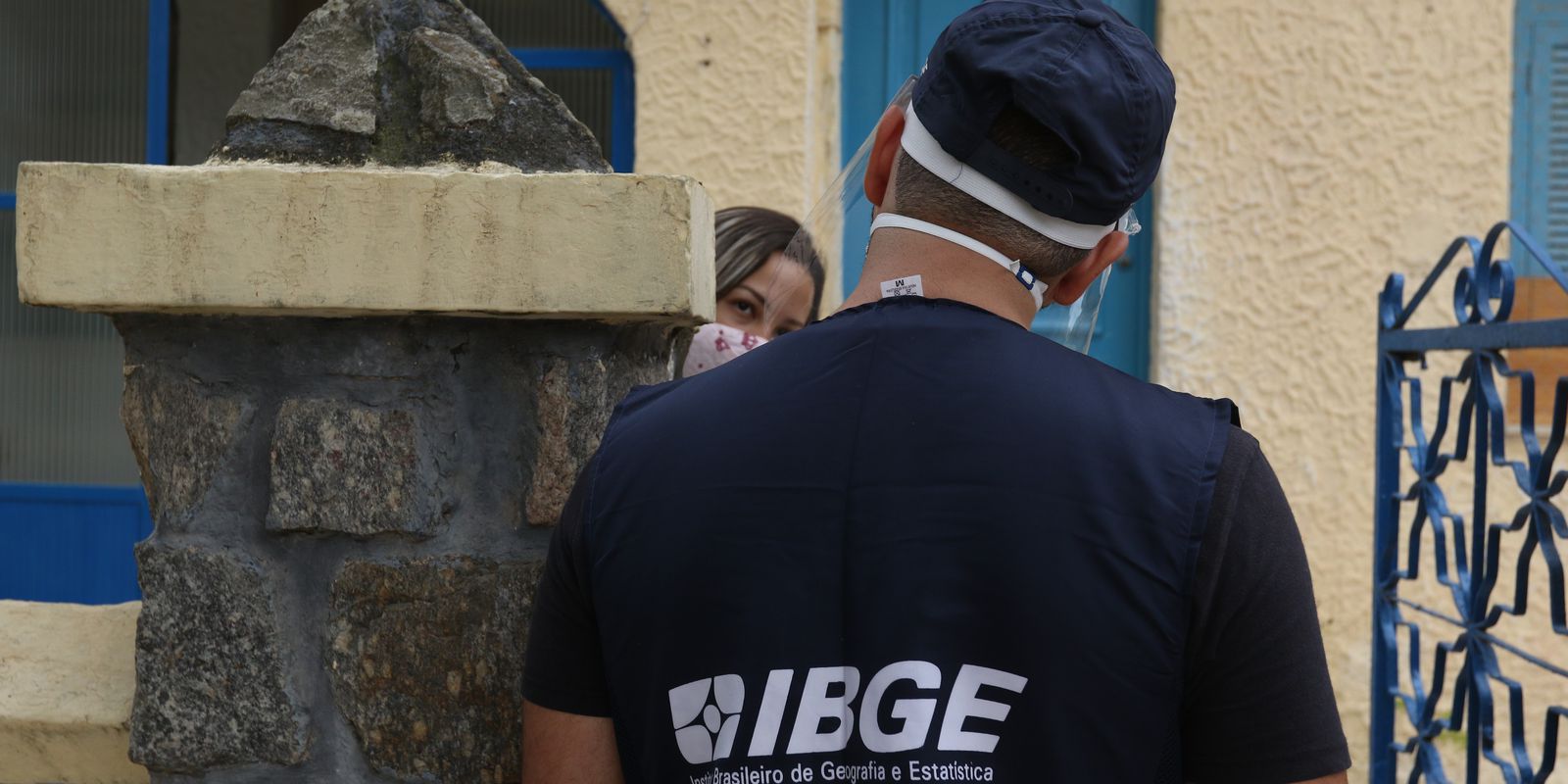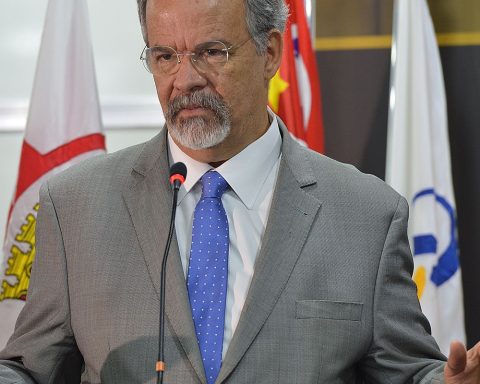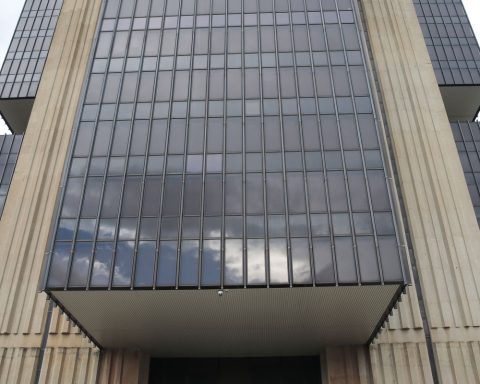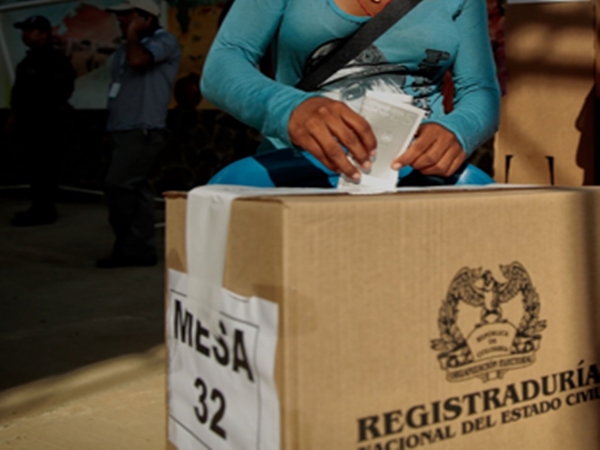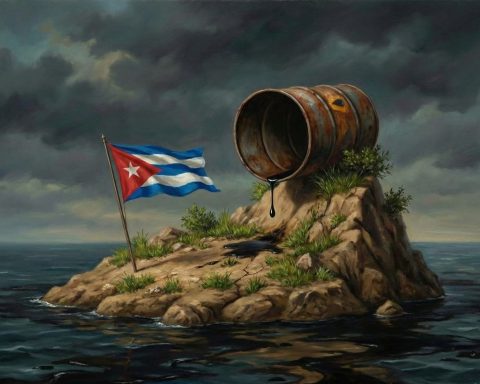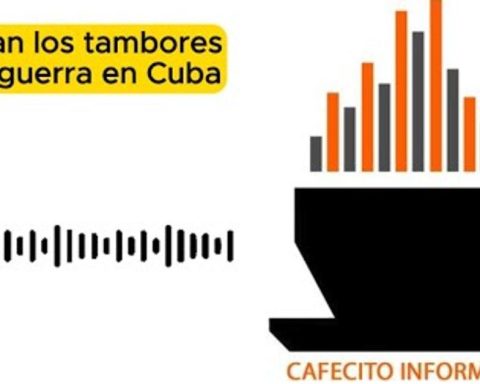The 2022 National Demographic Census Test, carried out from November 4, 2021 to February 12 of this year, resulted in 111,184 people being censused in selected locations in the 26 Brazilian states and the Federal District. Of this total, women totaled 57,514 (51.7%) and men, 53,670 (48.3%). The elderly population, aged 60 years and over, reached 18,575 people (16.7%). The information was released today (17) by the Brazilian Institute of Geography and Statistics (IBGE).
It was the first time that the IBGE organized a test like this for the Demographic Census, which will start on August 1st of this year and shows results on an experimental basis. All locations visited will be re-censed during the official data collection across the country.
The person in charge of the Census technical project, Luciano Tavares Duarte, master in population studies and social research, highlighted the importance of the test for the survey, “the largest statistical operation that the IBGE has carried out in a decade, with detailed information on the population in 8, 5 million square kilometers – more than 70 million households”.
The Population Census will involve more than 200,000 people, many with no previous data collection experience, which reinforces the importance of the test. Duarte clarified that the experimental phase was carried out in an “effort of training, qualification and improvement”, aiming to identify necessary adjustments in the systems and equipment, which are already being processed in the system of general indicators of collection, to improve the information, and also in the explanatory manuals.
visits
IBGE technicians visited both neighborhoods in capital cities, such as Belo Horizonte (MG), Macapá (AP) and Salvador (BA), as well as more distant locations, including the riverside community of Novo Remanso, 200 kilometers (km) from Manaus, or the municipality of Tigrinhos, a nine-hour drive from Florianópolis.
In total, nine municipalities, four districts, seven neighborhoods and ten localities were registered in the 26 states and the DF. The localities of Angra dos Reis and Paraty, in addition to indigenous lands, quilombola territories and favelas in Nova Iguaçu, in the state of Rio, did not have the results published, because these communities “were not exhaustively censused”, explained the IBGE. This will occur in the official Census collection.
The census takers visited 59,535 addresses, of which 39,477 were Private Permanent Households Occupied with at least one resident on the reference date of the test, on October 31, 2021. In 1,106 of these households (2.8%), census takers were unable to conduct interviews .
Of the 38,371 interviews carried out, 98.1% were face-to-face (37,644), 1.3% via the internet (501) and 0.6% by telephone (226), the latter being an innovation that will also be applied in the Demographic Census. 2022 and that “offers the population another way to provide information to the IBGE”, Luciano Duarte stressed. The average number of residents found was 2.8 per household.
The municipality visited with the largest census population was Engenheiro Paulo de Frontin, in Rio de Janeiro, with 12,304 people, in 7,563 addresses visited (4,819 occupied households). In this city, the population decreased, in comparison with the 2010 Census, informed the IBGE.
The smallest population was found in Jardim Olinda, Paraná. Located 552 km from Curitiba, Jardim Olinda is the smallest of the 399 municipalities in the state. There, 1,391 people were registered and 854 addresses were visited (517 households with residents).
Elderly
The highest percentage of elderly people (26%) was found in the neighborhood of Amaralina, in Salvador, which also had the highest rate of women (56.3%). Female representatives had a slightly higher percentage than men in most locations.
In the opposite direction, the highlight was the district of Sucuri, in Mato Grosso (MT), where 54% of the residents were men. The IBGE pointed out that this was the first time that the municipality of Sucuri was registered with status of district. It was elevated to this category in May 2011. Sucuri still belongs to the municipality of Cuiabá. The test found a population of 1,501 residents there, in 871 addresses visited, 513 of which had residents. Of the eight locations with more men than women, four were municipalities: Tigrinhos (SC), Jardim Olinda (PR), Lagoinha do Piauí (PI) and Lajeado (TO).
The Census test in Rondônia (RO) was carried out in the Liberdade neighborhood, in Porto Velho, the largest Brazilian capital in territorial extension, with 34 thousand km², and found an increase in people aged 60 years or older compared to the last Census. In 2010, this age group represented 8.8% of the neighborhood’s population; in the test, it was found that it rose to 18.3%. A total of 2,851 residents were identified and 1,949 addresses were visited, 1,114 of which had residents.
In Piauí, the test took place in Lagoinha do Piauí, 100 km from the capital Teresina and one of the smallest municipalities in Brazil in territorial extension, with only 67 km². Unlike most municipalities in the country, and like Sucuri (MT), there are also more men than women there. They constitute 51.1% of the population, against 48.9% of women. The test found a population of 2,892 residents, in 1,644 addresses visited (1,010 households with residents).
Approaches
The national test also showed that the most distant community or locality visited from a state capital was Tigrinhos, in Santa Catarina, located 630 kilometers, nine hours by car from Florianópolis. Tigrinhos showed a population increase of 32.2%. A total of 1,081 addresses were visited, 860 of which had a resident, and 2,322 residents were found, against 1,757 in 2010, which results in 565 more people.
Internet approaches were higher in the Centro de Bacabal (MA) and Ilha do Mosqueiro neighborhood, in Belém (PA), with 5.2% and 5.1%, respectively. By telephone (7.5%), the largest approach took place in the town of Minas Brasil, in Belo Horizonte.
Luciano Duarte appealed to Brazilians for the new Demographic Census: “Participate, contribute to this great operation for the good of our country”.
Detailing
The director of Geosciences at IBGE, Claudio Stenner, highlighted that the geographic detailing allows the authorities to develop health, education and transport policies, as well as water supply, for example, in more remote areas. “It shows how different the municipalities are”. According to Stenner, “this wealth is only the Census that gives. And this we will have for the entire national territory”, he added.
He informed that in the month of July, the Census supervisors will be in the streets verifying the characteristics of urban infrastructure “for each face of the country’s square”. This step does not involve approaching people. Stenner also referred to the Census Planning and Monitoring Meetings (Repacs), which aim to seek support and partnership in all parts of Brazil for collection points. According to the director, a technical agreement was signed this week with the National Institute of Social Security (INSS) for the assignment of spaces that serve as data collection points. The Repacs, according to him, are at an advanced stage.
